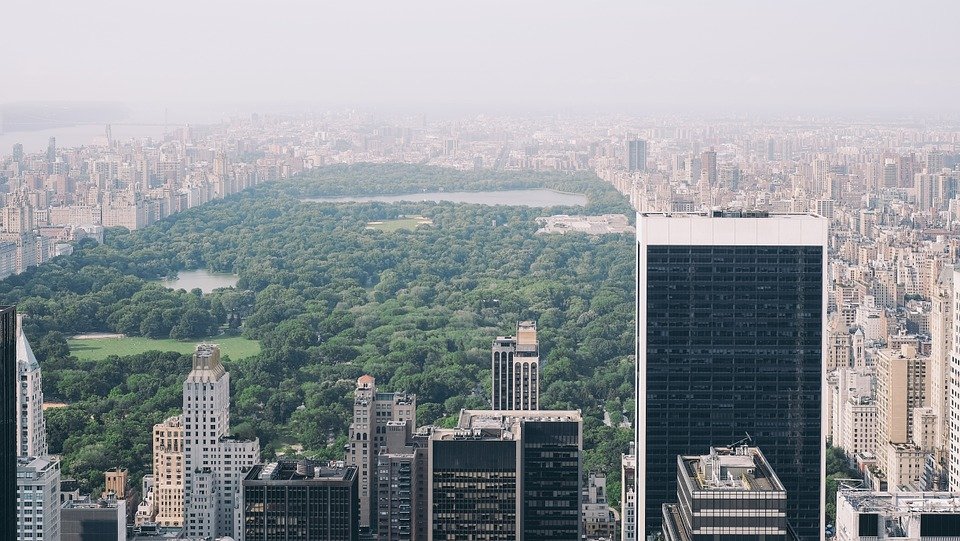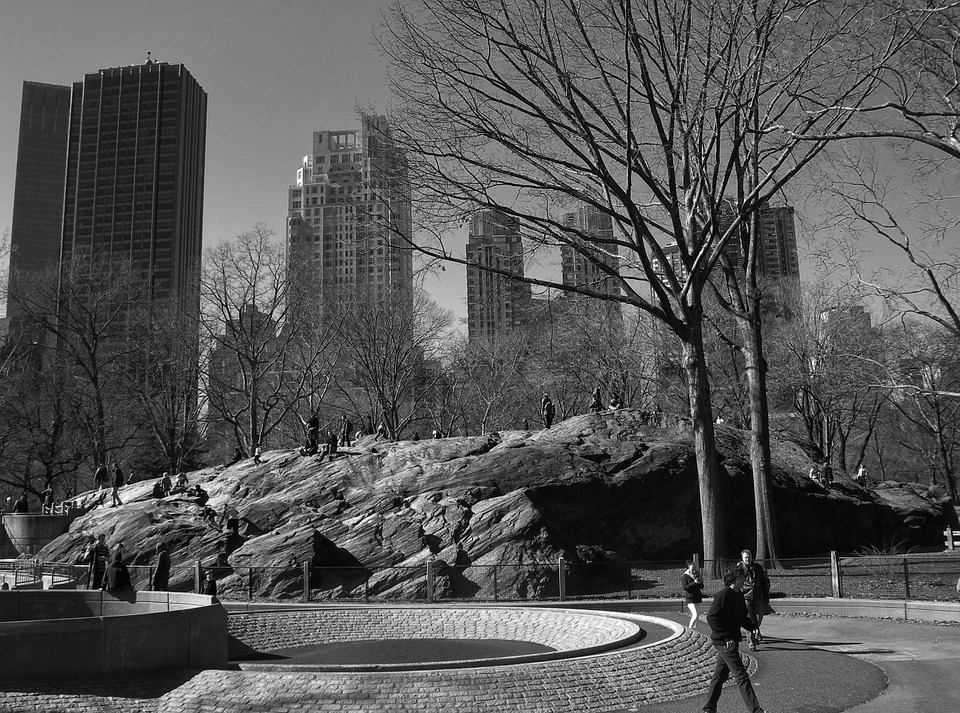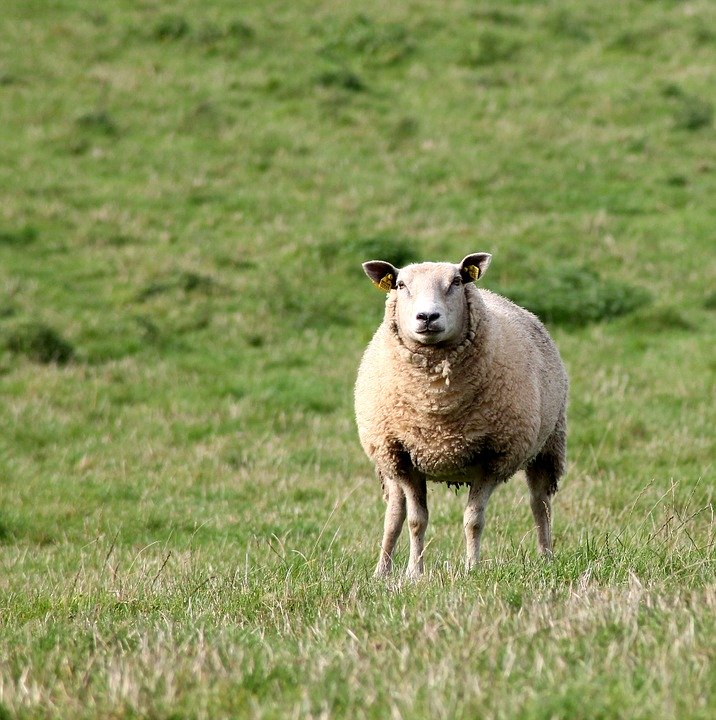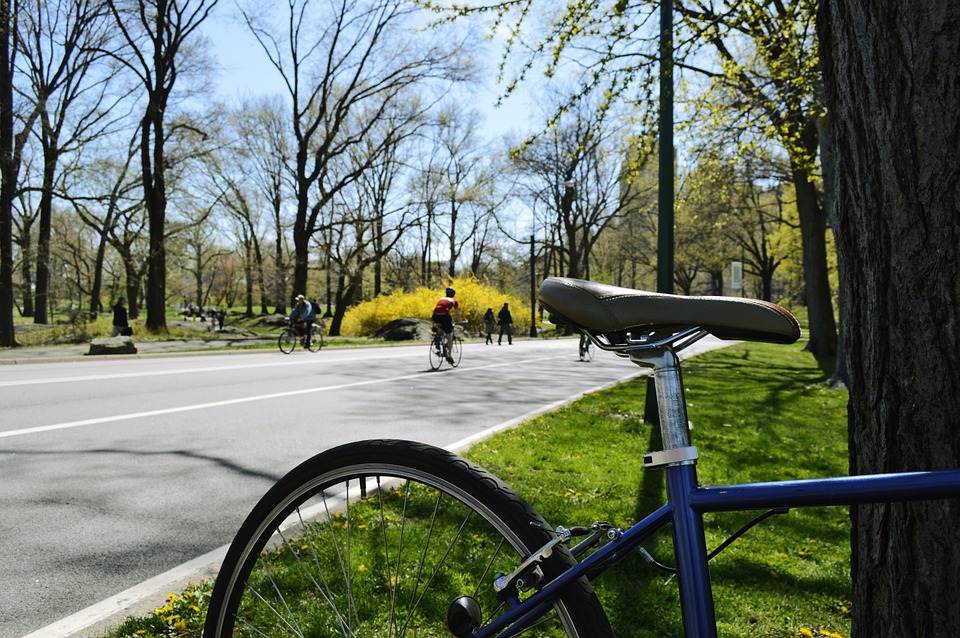The history of Central Park
by Ailsa Harvey · 27/12/2019
How did such a huge area of New York become a green space?

f you look at the huge, sprawling space in New York that is occupied by Central Park, you probably won’t realise quite how much it has changed since it was fi rst created. The land, acquired by the City of New York in 1853, was over 700 acres of mostly barren swampland.
The story of Central Park began in the 1840s, when wealthy merchants and landowners urged the state to consider a public ground that would compare to parks in London and Paris. After many debates over the size and location of the park, a huge area in central Manhattan was chosen. In all, 9,792 standard 25 x 100-foot (7.6 x 30.5-metre) building plots were acquired for a grand total of over $5 million. At the time, this area was distant from the built-up area of the city, which was mainly in south Manhattan.
The land chosen was uneven terrain, with rocky outcrops and swamps dotted around, making it undesirable for building. However, that didn’t mean that there was nobody living there; in fact, around 1,600 poor residents were displaced by the project, including a stable African-American settlement in Seneca Village.
Converting this space into the beautiful park you see today was an enormous task. In 1858, a landscape design competition was held to choose the style and layout of the park, and work began soon after. It’s estimated that 20,000 workers were involved in reshaping the land, and 260 tons of gunpowder was used to blast through the rock on site. Over 270,000 trees and shrubs were planted in the park, and a new reservoir was constructed. In the winter of 1859 the first part of the park opened to the public.
Construction continued for many years, and the cost of building the park rose to almost 4 million dollars. In 1871 the now famous Zoo was given permanent quarters and quickly became the park’s most popular feature.
5 Central Park facts

1. Real history
Umpire Rock is one of several points where the bedrock of New York City is exposed. The rock was formed hundreds of millions of years ago during the Paleozoic era.

2. Sheep meadow
The iconic Sheep Meadow really did use to be home to sheep. They were kept at the Tavern on the Green, and were let out to graze twice daily.

3. No racing
The curved roads within the park were designed to stop people racing their carts and injuring people. Now people race their bikes along the paths instead!

4. No picnics
Strict rules in the first decade of the park’s existence meant that group picnics were prohibited within the park, which discouraged a number of less wealthy families from visiting.

5. No ball games
When the park was first completed, schoolboys were only allowed to play ball games on the lawns if they had a note signed by their principal.
This article was originally published in How It Works issue 98, written by Stephen Ashby
For more science and technology articles, pick up the latest copy of How It Works from all good retailers or from our website now. If you have a tablet or smartphone, you can also download the digital version onto your iOS or Android device. To make sure you never miss an issue of How It Works magazine, subscribe today!




